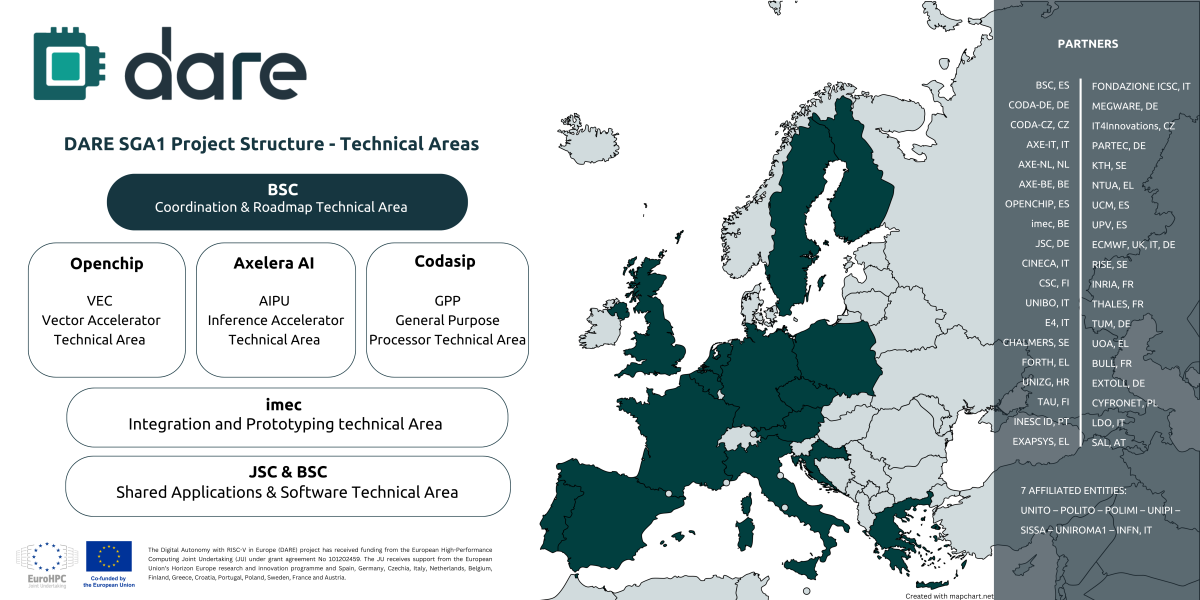

This is true only if the decisions were made independently. If you allow people to make a decision after they’ve seen the metrics, this no longer holds.
Here’s an example of the first. You go at a farmer’s market with a cow and you ask everyone to write on a piece of paper what they think the weight is. If you get the replies and average them, you will find that the mean of all answers will be quite close to the real answer. A mix of non-experts and experts will iron out a good answer somehow.
Now take the average experience of going to a restaurant. One might have just opened recently, has great food and great staff, but only 5 reviews, at an average of 3.8 or something. Another restaurant nearby has been open for 3-4 years, and has 1000 reviews, at maybe 3.9. People will usually follow the one with more reviews because they think it’s the safer option due to the information available. However, if you were to hide this and ask them to choose by just looking at the venue and the menu, they would probably choose the first one.
Group dynamics are quite interesting, and the psychology behind this is quite funky sometimes :D



















Yeah, that’s a no from me. I will continue to boycott anything that is American, except for things that really have no alternative. Hopefully more people feel the same and cut off the money flow to Amerikkka.